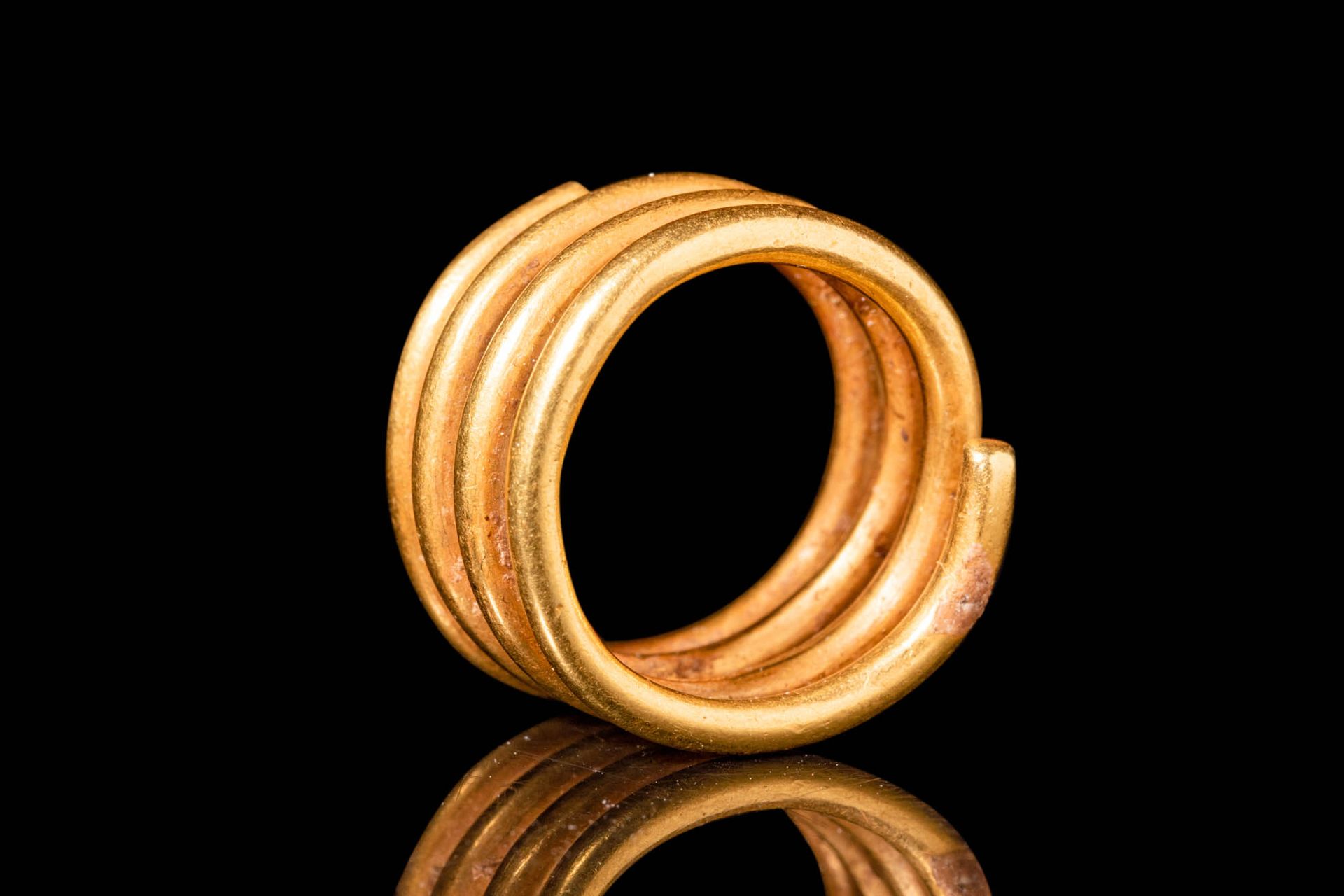Description
CYPRIOT GOLD SPIRAL-SHAPED FINGER RING
Second Intermediate Period to New Kingdom, Ca. 1600 - 1100 BC. An amazing Cypriot gold finger ring consisting of a shape realised by four circles. For similar see: MET Museum Accession Number: 74.51.3068. Size: 15mm x 15mm; Weight: 8g Provenance: Prince collection, 1990s-2014; Ex. Bonhams 26 april 2007, Lot 72. This item has been cleared against the Art Loss Register database and comes with a confirmation letter.
You may also like
